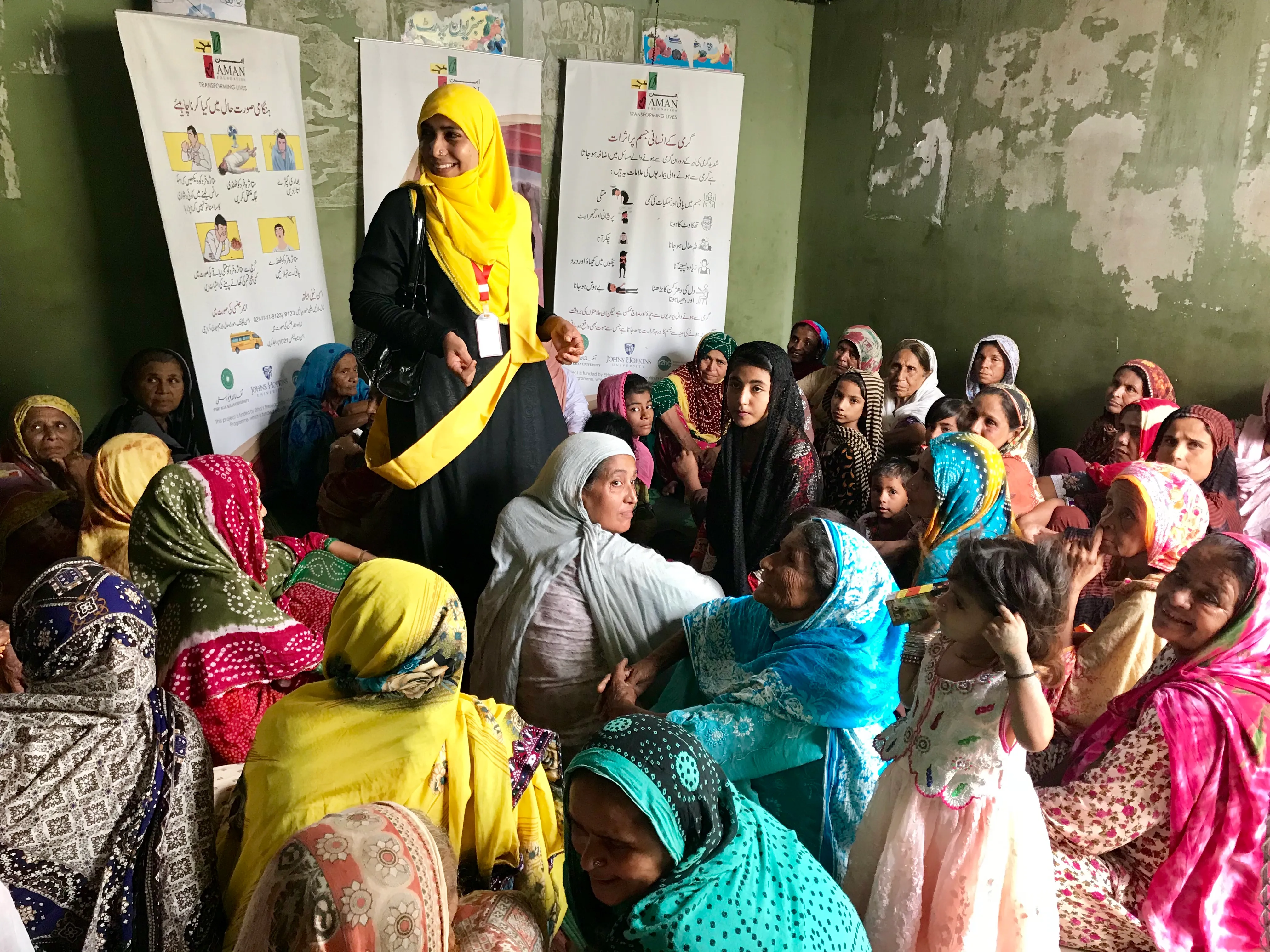Home Grown Innovation at WFP

*Please note, this is a cross post from Nesta's 'DIY: Development, Impact and You' website.
By introducing mobile phone surveys, the World Food Programme has improved the way it monitors food security in remote areas. Here, WPF food security analyst Jean-Martin Bauer explains the process behind innovating the organisation’s traditional survey approach.
Innovation has become the new buzzword in humanitarian circles. The recent creation of the USAID Development Innovation Ventures, theHumanitarian Innovation Fund, and UNICEF’s innovation ‘labs’ bears witness to the broad-based surge in interest for all things related to innovation.
The hype leads many practitioners to wonder what this is really all about. While new technology and processes certainly have the potential to transform how we help people affected by disasters, the real innovation challenge often lies in comparatively mundane planning and implementation processes. This is apparent in WFP’s recent experience with phone surveys in the Democratic Republic of Congo and Somalia.
Since the start of 2014, WFP has been testing remote mobile phone surveys with the mobile VAM (mVAM) project. Named after the organisation’s Vulnerability Analysis and Mapping service, the project offers an affordable way to track people’s needs in real-time. Thanks to a grant from the Humanitarian Innovation Fund, we have been able to set up call centres in DR Congo and Somalia, where insecurity makes it especially challenging to conduct traditional food security surveys.
Every month, our operators call people who have agreed to take part in our phone surveys on their mobile phones, and ask about their needs. We are also testing automated calls. The data generated then provides humanitarian managers with fresh updates on people’s food security.
The story of the project, available on our blog, shows that it’s been a protracted, time-intensive experiment; implementing mVAM has involved long hours of conference calls, and trial and error. We knew that setting up call centres and interactive voice response servers in eastern Congo and Somalia was pushing the envelope, and soon the inevitable implementation delays materialised.
But we succeeded in the end, and a few things in particular helped.
Time to prepare
We planned a 6-month preparatory phase that provided ample time for planning, brainstorming and outreach. Before we ever even started our phone surveys, the call routines had been sandbox-tested hundreds of times – much to the amusement of the teams in WFP headquarters and in the field. This extended, no-rush preparatory phase allowed us to receive valuable advice from experts in the phone survey landscape. Johannes von Engelhardt, a pioneer for phone surveys in Africa, kindly pointed us to best practice and standards, and to the field’s growing literature. At the end of the preparatory phase, we had an idea of the benchmarks against which we would measure our performance.
Staying responsive
Once implementation started, we were able to be flexible and responsive to keep the project on track. On a monthly basis we monitor key indicators, such as response rates and call duration, which are both indications of the user-friendliness of the phone surveys we are testing. Fortunately, problem-solving is engrained in the DNA of our field teams, who have found practical solutions to the implementation challenges that have emerged. For instance, when response rates to our first calls in DR Congo were below benchmarks, our team in Goma was able to zero in on the problem – access to electricity in the camp – and implement a durable solution – provision of a solar charging station – in a matter of days.
Sharing knowledge
Finally, we are almost obsessively sharing project evidence as it comes to light, without necessarily waiting for all findings to be in at the end of the pilot. We post project updates every month on our blog, allowing others to track our progress and ask questions. The Overseas Development Institute’sHumanitarian Exchange, the Communicating with Disaster Affected Communities (CDAC) network and Daily Development have all ‘carried’ our learnings. This encourages the teams in the field and in HQ, who sense that they are part of something important. ‘C’est la revolution!’ said our team leader in Goma, reflecting on how remote mobile data collection could radically change food security information systems. Importantly, regularly capturing and sharing our learning keeps our attention focused on bigger picture issues, such as what we still need to learn.
Like others before it at WFP, the mVAM project evolved as a home-grown initiative to improve an established business process. Perhaps because it is entirely funded by voluntary contributions, WFP adapts or dies, making it an organisation that is receptive to new ideas developed from within.
Contexts such as WFP are fertile ground for Nesta’s DIY toolkit for social innovation; judicious use of the tools can facilitate organic change by helping leaders systematically work through issues. The challenge of helping good ideas develop beyond the drawing board has got a little bit easier.
Jean-Martin Bauer is a Food Security Analyst at the headquarters of the UN World Food Programme. WFP’s Food Security Analysis Service maintains a global network of 150 analysts that track food security and inform the organisation’s programs.
Funded by the Humanitarian Innovation Fund, The mVAM - ‘mobile Vulnerability Analysis and Mapping’ project provides for the use of voice technology for household food security data collection. It is expected that mVAM would lead to a leap in time and cost-efficiency of data collection.
Stay updated
Sign up for our newsletter to receive regular updates on resources, news, and insights like this. Don’t miss out on important information that can help you stay informed and engaged.
Related articles



Explore Elrha
Learn more about our mission, the organisations we support, and the resources we provide to drive research and innovation in humanitarian response.